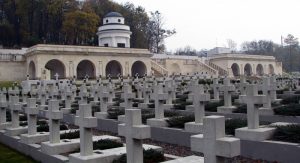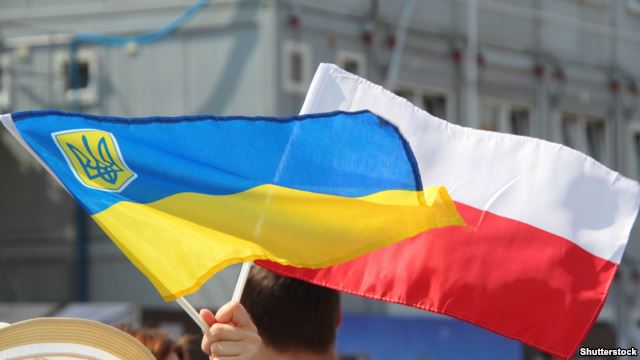
- The OUN and UPA had only one goal - to liberate Volyn of occupying forces, including Poles and the Polish Home Army, which considered Volyn an integral part of Poland.
- It’s important to note that Poles worked closely with the Communists and red guerrillas whom the OUN and UPA saw as their greatest enemy, which only intensified the Ukrainian-Polish conflict.
- The OUN and UPA did not launch retaliatory attacks on traditional Polish territory.
- Most importantly, the OUN and UPA are recognized and protected by Ukrainian law and the Ukrainian government will not allow anyone to denigrate their dignity and honour.
Related:
- Polish authorities show no interest in reducing ethnic confrontation
- Polish religious leaders support Ukrainian letter of repentance for Volyn
- Ukrainians call upon Poles to establish mutual Day of Remembrance for Volyn tragedy victims
- Ukraine and Poland to investigate Volyn tragedy in joint historical commission
- Kremlin trolls are engaged in massive anti-Ukrainian propaganda in Poland
- Pro-Russian activism of Mateusz Piskorski, detained in Poland





